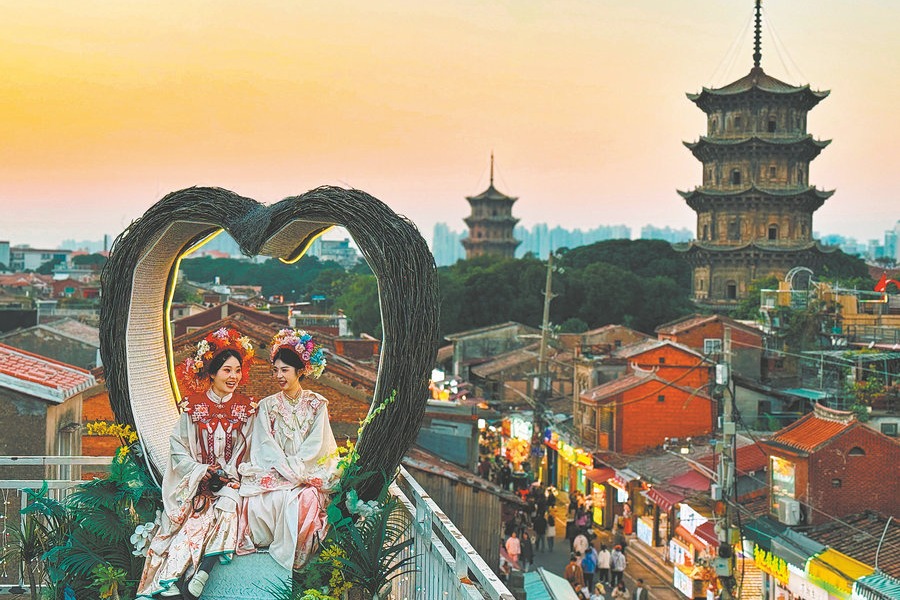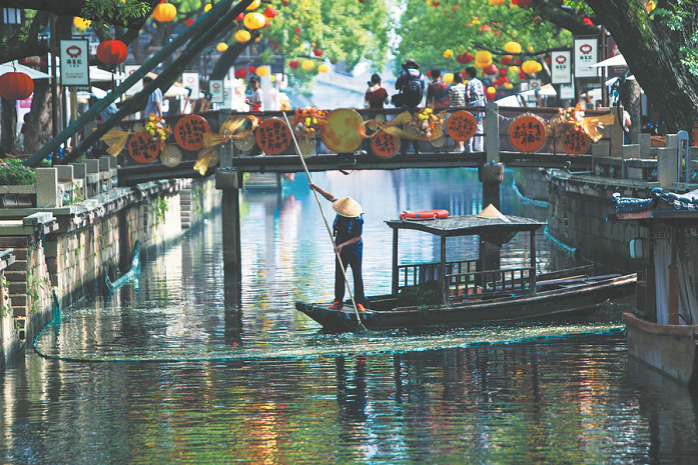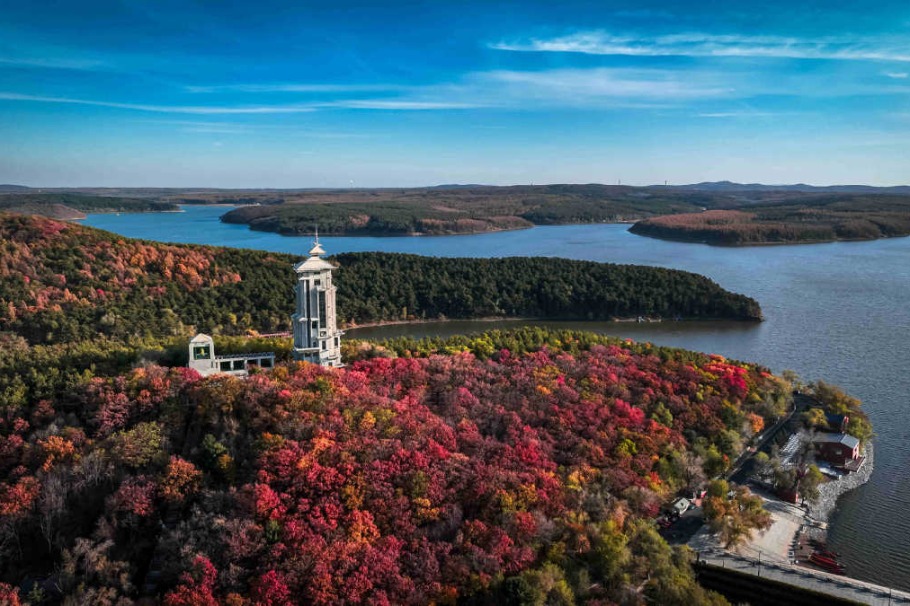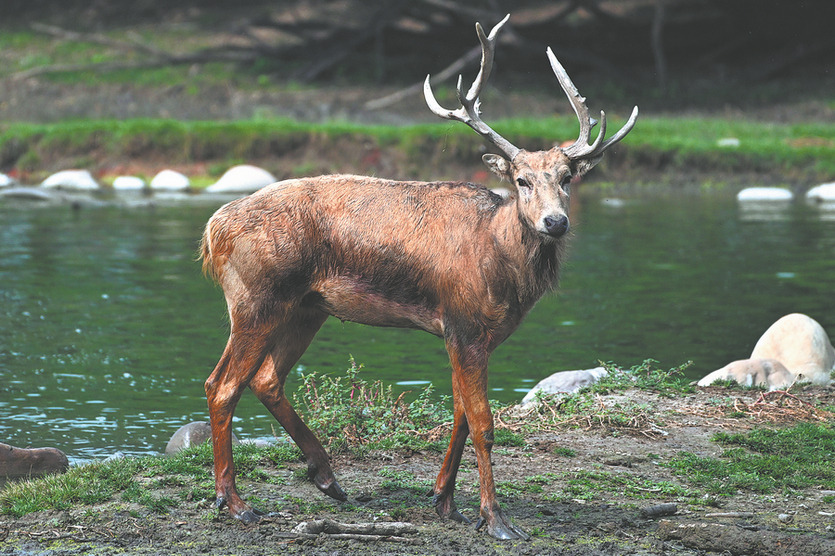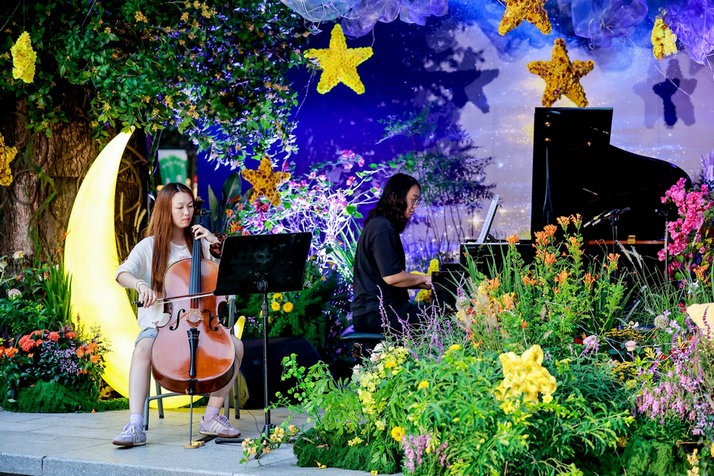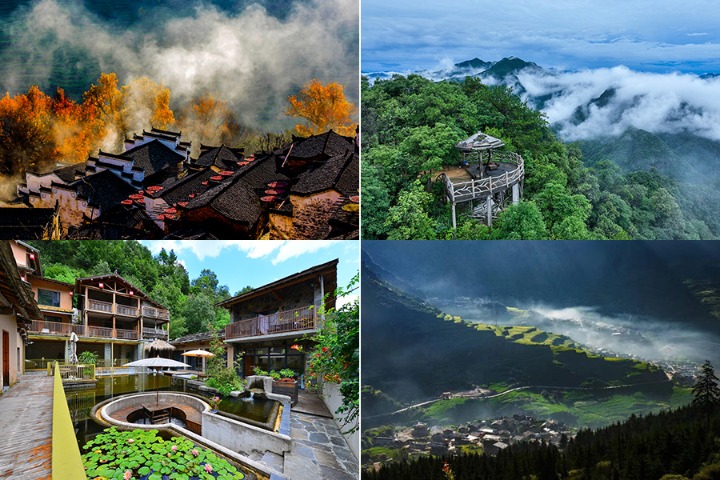China Travel Guide: Gansu


As an important part of the ancient Silk Road, Northwest China's Gansu province has seen commercial and cultural exchanges between the East and West for millennia.
Gansu is home to numerous tourist destinations, including the Mogao Grottoes, a UNESCO World Heritage Site, the ever-flowing Crescent Spring - a crescent-shaped lake surrounded by desert in Dunhuang city, and the vibrant Danxia landforms in Zhangye city.
Mogao Grottoes
Located on south-east of the Dunhuang oasis, Gansu province, the Mogao Grottoes are the world's largest, most richly endowed, and longest used treasure house of Buddhist art. They are located at a strategic point along the Silk Road, at the crossroads of trade as well as religious, cultural and intellectual influences.
According to historical records, the carving of the caves started in 366 AD and continued for about 1,000 years. The 492 well-preserved cells and cave sanctuaries in Mogao, housing about 45,000 square meters of murals and more than 2,000 painted sculptures, are well-known for their statues and wall paintings. The painted clay figures vary greatly in size, with the largest one being 33 meters high and the smallest only 10 centimeters.
Painted clay sculptures and murals in the Mogao Grottoes have mainly Buddhist themes, but they also include human figures, reflecting various societies and cultures of different times. Besides, they also demonstrate painting styles of different times in layout, figure design, delineation and coloring, as well as the integration of Chinese and Western arts.
The Mogao Caves were inscribed on the UNESCO World Heritage List in 1987.
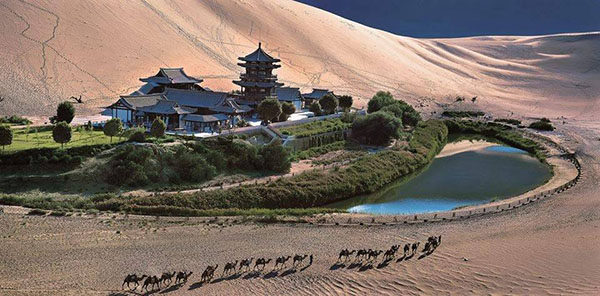
Crescent Spring scenic spot
Located 5 kilometers south of Dunhuang, a county-level city, in the Mingsha (Singing Sand) Mountains, the Crescent Spring scenic spot is quite literally an oasis in the desert. The spring's name derives from the crescent moon shape of the small pool between two large sand dunes. Although the area is very dry, the pool doesn't dry up as one might expect.
The Mingsha Mountains are famous for the sounds the wind makes when blowing over the dunes. Also, the sand is said to be noisy when you walk on it. The dunes are also famous for their size, some reaching 100 meters or more, and their stability despite the fact that the dunes beyond the mountains shift frequently. Also, the sands are said to regain form overnight if they've been trod upon that day.

Qicai Danxia Scenic Area
The Qicai Danxia Scenic Area is located at the northern foot of the Qilian Mountains, and sits within both Linze county and Sunan county, in Zhangye city, Gansu province. With a distribution area of about 510 square kilometers, the area is a provincial geopark and scenic spot.
Danxia landform refers to landscapes of red terrigenous sedimentary beds characterized by red cliffs and a range of erosional landforms. Zhangye's Danxia was formed by the erosion of red sandstone, forming isolated peaks and steep stratified outcrops.
Its special geological structure, combined with long-term desert conditions, freeze-thaw peeling, and wind and water erosion gave rise to its present appearance.
Zhangye's Danxia landform is the only compound scenic area of Danxia landform and colorful hill landscapes in China.
















